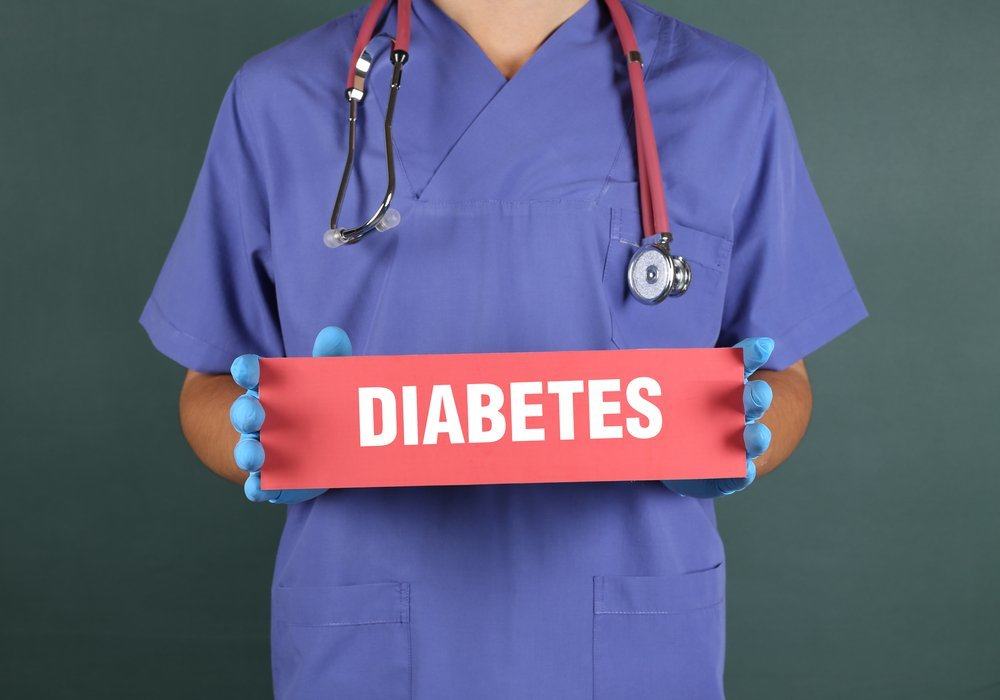Contents:
- Medical Video: Right Diet | How to Control Cholesterol Levels ? By Dr Padmaja Prasad Nutritionist
- What is hyperlipidemia?
- Causes of hyperlipidemia
- Types of hyperlipidemia
- How do doctors diagnose hyperlipidemia?
- Treatment and prevention of hyperlipidemia
Medical Video: Right Diet | How to Control Cholesterol Levels ? By Dr Padmaja Prasad Nutritionist
It seems almost everyone is familiar with the term high cholesterol. Too much bad cholesterol can increase your risk of heart disease, stroke and other problems. Now, there is one other condition called eleven-twelve hyperlipidemia similar to high cholesterol, but it still makes a difference. Come on, find out more about hyperlipidemia in this article.
What is hyperlipidemia?
Lipids are defined as organic compounds that are not soluble in water. These include fat, oil, wax, sterols, and triglycerides. Lipids are molecules that circulate in your bloodstream. Lipids can also be found in tissues throughout your body. The term lipid actually includes total fat and cholesterol in it. But people in general only use the term "lipid" to describe fat only.
Cholesterol is a very unique type of fat. Cholesterol itself is actually a waxy substance made from some lipids and some proteins. Cholesterol is formed from saturated fats obtained from the food you eat. Cholesterol is also produced by the liver. These compounds are carried through the blood by the help of molecules called lipoproteins. Cholesterol is useful for hormone production, brain function, vitamin storage and healthy cell membranes.
Other types of lipids, triglycerides, are only formed from food. triglycerides are useful for storing reserve calories into energy if needed. You must pay attention to the amount of cholesterol and triglycerides in the blood so as not to cause chronic illness. The normal limit of triglycerides in the body is less than 150 mg / dl.
Hyperlipidemia is a condition of imbalance of fat in the blood, which is characterized by high cholesterol and triglyceride levels. Although both are useful for the body, if the levels are high it will cause a buildup of plaque on the blood vessel walls. Over time, the plaque will enlarge and clog arteries, causing cardiovascular disease, heart attacks, and strokes.
Causes of hyperlipidemia
Not all cholesterol causes hyperlipidemia. Only 'bad' cholesterol is the cause. There are two types of cholesterol, namely low density lipoprotein (LDL) and high density lipoprotein (HDL). LDL is considered as bad cholesterol and HDL is good cholesterol.
HDL is converted in the liver to bile salts if the levels are excessive, while LDL is not. High LDL levels will accumulate in the walls of blood vessels.
Hyperlipidemia can be a hereditary condition. But the most common cause is an unhealthy lifestyle, such as:
- Eating too many foods high in saturated and trans fats, such as milk and meat.
- Lack of exercise
- Smoke
- Drink alcohol
Abnormal cholesterol levels are also found in some people with certain health conditions, including:
- Kidney illness
- Diabetes
- Polycystic ovary syndrome
- Pregnancy
- Underactive thyroid
- Obesity (obesity)
Your cholesterol levels may also be affected by certain drugs, such as birth control pills, diuretic drugs, and some antidepressant drugs.
Types of hyperlipidemia
Reporting from Medical News Today, each type of hyperlipidemia has a different effect on the body, depending on the type of fat affected. The following types of hyperlipidemia you need to know:
- Type I usually occurs in children. This type causes abdominal pain, recurrent infections, in the pancreas, and enlargement of the liver and spleen. This is caused by a hereditary condition that interferes with normal fat work (an abnormality in the lipoprotein lipase enzyme).
- Type II (a and b), caused by hereditary factors that can cause fat accumulation under the skin and around the eyes due to high LDL levels. This condition is known as familial hypercholesterolemia (type IIa) and familial combined hyperlipidemia (type IIb).
- Type III is known as familial disabetalipoproteinemia, which is characterized by too low HDL levels while normal LDL levels. Its characteristic is the occurrence of xantoma (flat gray plaques on the eyelids and around the eyes).
- Type IV is characterized by high triglyceride levels and low cholesterol, which triggers high glucose and insulin levels.
How do doctors diagnose hyperlipidemia?
Hyperlipidemia is not a disease, but a series of conditions. Generally hyperlipidemia does not cause symptoms until the stage is severe.
So, the only way to detect hyperlipidemia is to do a blood test called the lipid panel or lipid profile. This test determines total cholesterol levels, HDL levels, LDL levels, and triglycerides from blood samples.
Generally, cholesterol levels above 200 milligrams per deciliter are considered high. However, safe cholesterol levels for each person differ depending on medical history and health problems.
Treatment and prevention of hyperlipidemia
Lifestyle changes are the key to treating and preventing hyperlipidemia. Even if this condition is inherited even if your lifestyle is healthy and continues to take medication prescribed by a doctor, this condition will not recur.
Eating healthy foods such as fruits and vegetables and whole grain products can maintain a healthy heart and blood vessels. Avoid consuming foods that contain saturated fats and switch to fat-free or low-fat dairy products.
In addition, maintain a healthy body weight by exercising regularly and stopping smoking.













